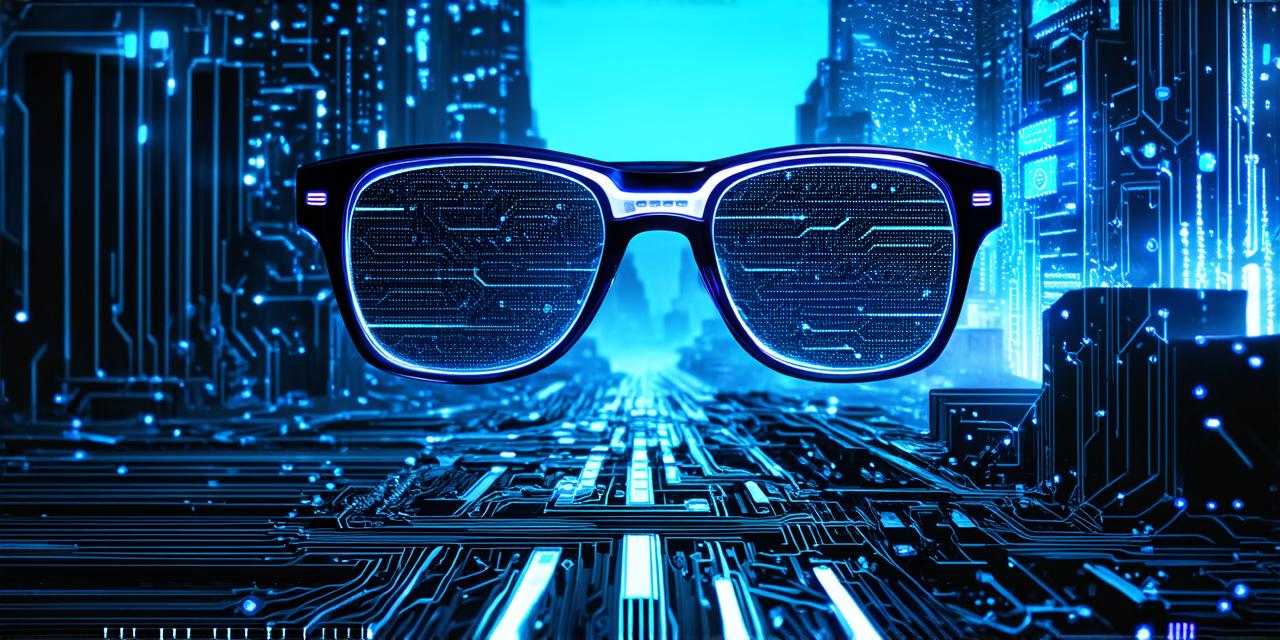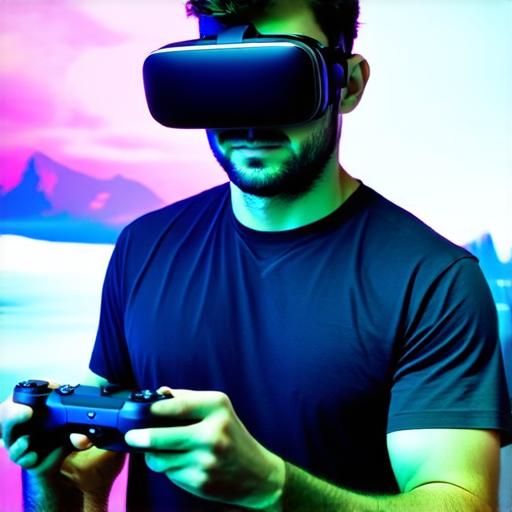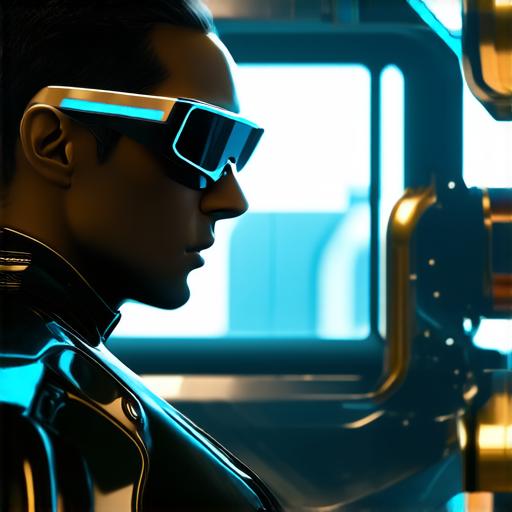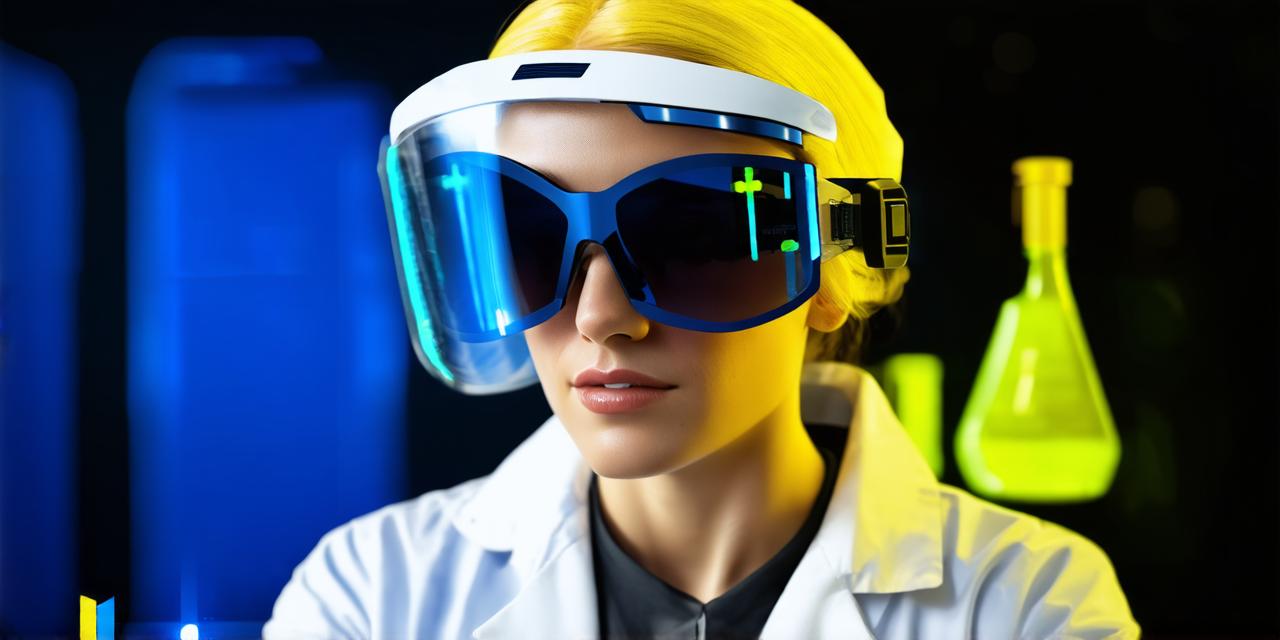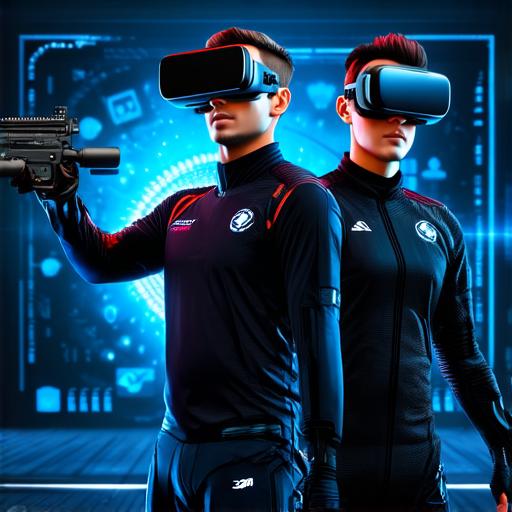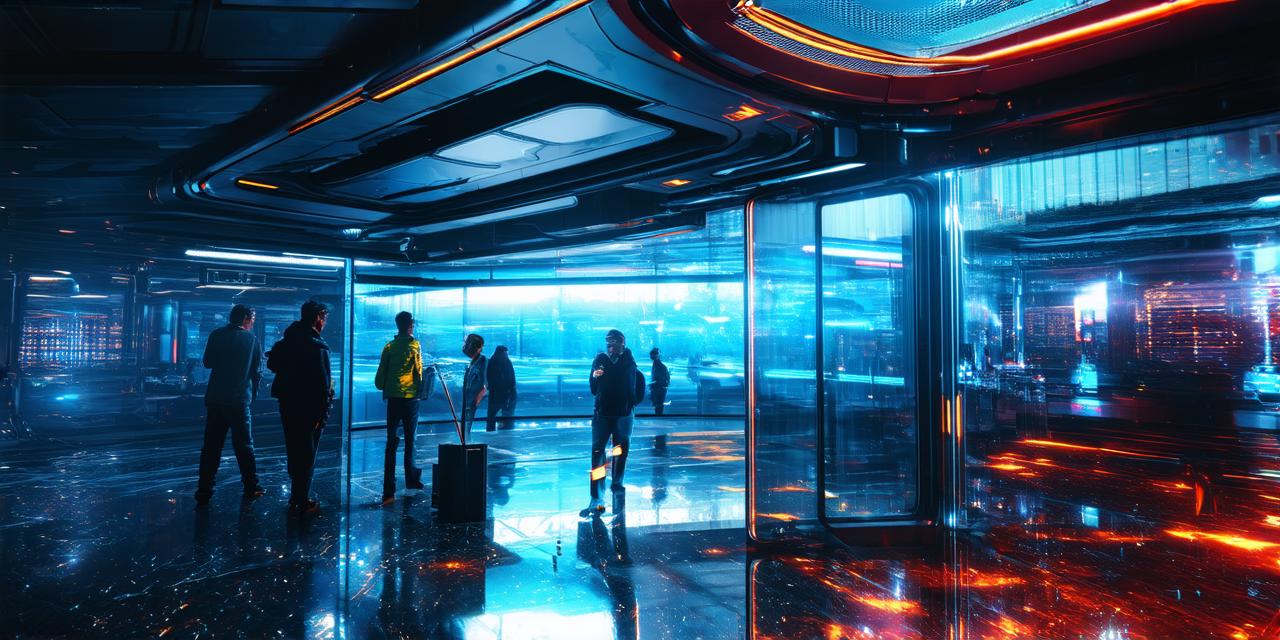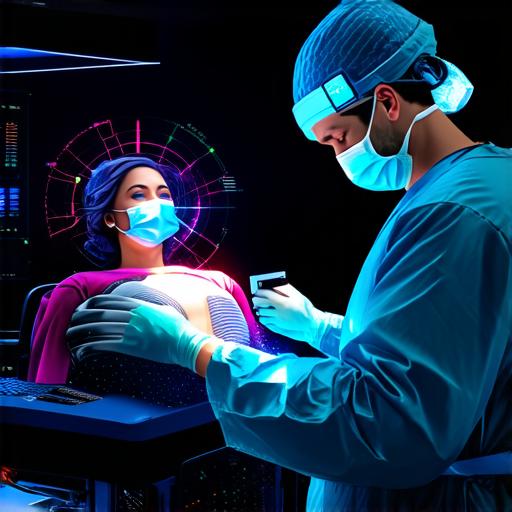What technology powers augmented reality?
Introduction
Augmented reality (AR) is an exciting and rapidly growing field of technology that has the potential to revolutionize the way we interact with digital content in our daily lives. AR refers to the use of computer-generated images and data, which are superimposed onto real-world environments using sensors such as cameras, accelerometers, and gyroscopes. This enables users to see virtual objects and information overlaid on top of the physical world, creating a seamless blend of reality and technology.
However, to truly harness the power of AR, we need to understand the technology that powers it. In this comprehensive guide, we will explore the various technologies that are used in the creation and operation of AR systems, including their advantages and limitations. We will also examine some of the latest developments in AR technology and explore the potential applications of AR in various industries, from entertainment to education to healthcare.
Power Sources of AR Technology
There are several key technologies that power augmented reality systems, each with its own unique strengths and weaknesses. These include:
- Computer Vision Algorithms
Computer vision algorithms are the backbone of most AR systems, as they allow the system to recognize and track real-world objects and surfaces. These algorithms use machine learning techniques to analyze images captured by cameras and sensors, in order to identify patterns and features that can be used to create a 3D representation of the physical world. This information is then overlaid onto the real-world environment, creating an immersive and interactive experience for the user.
One of the main advantages of computer vision algorithms is their flexibility, as they can be adapted to recognize a wide range of objects and surfaces. Additionally, computer vision algorithms are constantly evolving and improving, allowing AR systems to become more accurate and reliable over time.
However, there are also some limitations to computer vision algorithms. For example, these algorithms may struggle to accurately recognize objects in low-light environments or in situations where the camera angle is obstructed. Additionally, computer vision algorithms can be computationally intensive, requiring significant processing power to generate high-quality 3D models and overlaid content.2. Sensors and Cameras
Sensors and cameras are used to capture real-time data about the physical environment, allowing AR systems to create an accurate representation of the world around us. These sensors include accelerometers, gyroscopes, depth sensors, and infrared sensors, each of which provides different types of information that is used by the AR system.
For example, accelerometers and gyroscopes are used to track the movement of a user’s device, allowing the AR system to adjust its perspective and orientation in real-time. Depth sensors are used to measure the distance between objects in the physical world, while infrared sensors can be used to detect heat signatures or other environmental factors that may affect the performance of the AR system.
The choice of sensors and cameras used in an AR system will depend on the specific application and requirements of the project. For example, a high-end gaming console may require more advanced sensors than a simple smartphone app, while an educational AR application may need to be optimized for use in a classroom setting.3. Graphics Processing Units (GPUs)
Graphics processing units (GPUs) are used to generate the 3D models and visual effects that are overlaid onto the real-world environment by an AR system. GPUs are specialized computer chips that are designed to handle complex graphical tasks, such as rendering 3D models, animating characters, and applying shading and lighting effects.
One of the main advantages of using GPUs in an AR system is their ability to generate high-quality graphics in real-time, allowing for a smooth and immersive user experience. Additionally, GPUs are constantly evolving and improving, with newer models offering increased processing power and better performance.
However, there are also some limitations to using GPUs in AR systems. For example, GPUs can be computationally intensive, requiring significant processing power to generate high-quality graphics. This can result in slower performance and longer load times, which may be problematic for applications that require real-time interaction with the physical world.
4. Cloud Computing
Cloud computing is a popular option for powering AR systems, as it allows for the distribution of computational resources across a network of servers, rather than relying on a single powerful computer to generate graphics and other data
